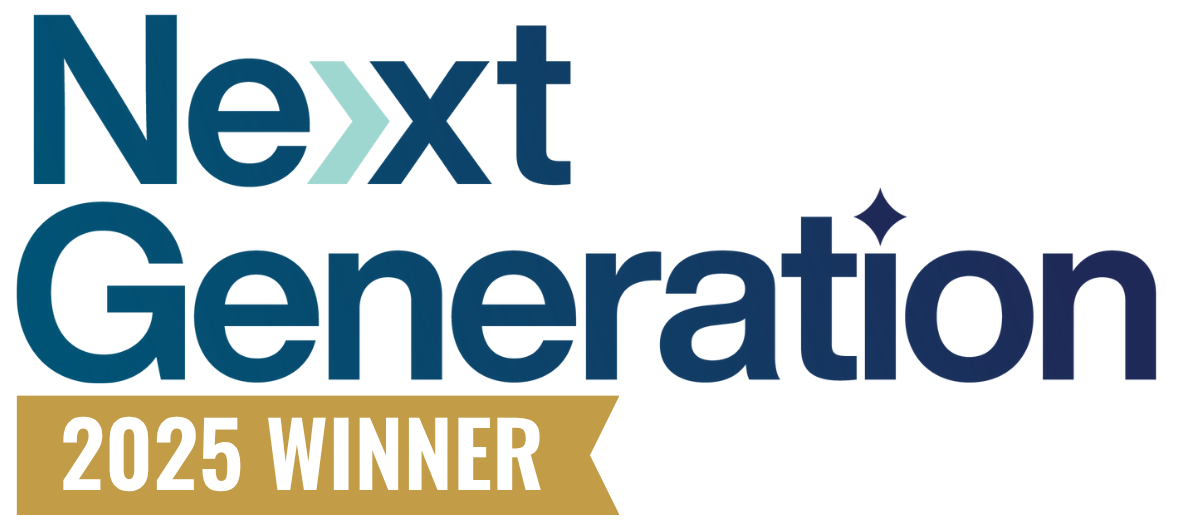The shift to hybrid work has transformed how many businesses operate. It has also created new cybersecurity challenges for those businesses to contend with. When employees access company resources from various locations and devices, new attack opportunities emerge.
Why? In short, home networks, public wi-fi, and personal devices often lack the robust security an office might have, making it harder for businesses to maintain consistent security policies and respond quickly to threats.
In short, companies need more advanced ways to protect their data. Managed Endpoint Detection Response (MEDR) can help hybrid and distributed teams strengthen cybersecurity while maintaining the flexibility workers need.
What is MEDR?
Managed Endpoint Detection Response, or MEDR, is a comprehensive approach to cybersecurity that goes beyond just antivirus software. It protects, detects, and responds to threats across all network endpoints regardless of location.
Here’s how it works:
- Continuous Monitoring: MEDR watches all the devices on your network in real time, including laptops, smartphones, and IoT devices.
- Advanced Threat Detection: Using AI and machine learning, MEDR identifies known and unknown threats by analyzing patterns and behaviors.
- Automated Responses: When a threat is detected, MEDR can take immediate action, like isolating affected devices or blocking malicious processes.
- Expert Management: MEDR solutions are overseen by security experts who can investigate incidents and provide proactive guidance to improve your security.
- Centralized Control: With a unified platform managing everything, you get a clear view of your networks’ security and can enforce your security policies more consistently.
Businesses use MEDR in hybrid work environments because it can protect devices no matter where they are—in the office, at home, or on the go. It adapts to the fluid nature of hybrid work, providing robust security no matter where your team works.
4 Ways MEDR Enhances Cybersecurity for Hybrid Work
Distributed workforces—whether they’re hybrid or remote—face unique security challenges. MEDR can address those challenges more consistently and effectively than traditional in-office security methods.

Here’s how:
1. Comprehensive Device Protection
In hybrid work, employees use a variety of devices across different locations. This diversity of access can create security gaps if it’s not managed properly.
MEDR in hybrid work environments can provide robust security for:
- Laptops and desktops, whether they’re company-issued or personal
- Smartphones and tablets used for work
- Office servers and cloud infrastructure
- IoT devices that connect to your network
MEDR tracks and safeguards company data across all of these devices, helping to ensure that your entire network remains secure, even if your team is dispersed. This can help you reduce your risk of data breaches.
2. Real-Time Threat Detection and Response
These days, cyber threats evolve fast. Traditional security measures often struggle to keep peace. But MEDR can monitor your network and respond to threats in real time.
Here’s how:
- MEDR monitors all device activities and analyzes for patterns that indicate a potential threat.
- When it detects a potential threat, it automatically alerts your security team.
- In most cases, MEDR can automatically respond, containing and neutralizing threats before they cause damage.
For example, let’s say a remote employee accidentally downloads malware. MEDR could detect the unusual activity on their device, isolate it, and prevent the threat from spreading across your network. At the same time, your security team would receive an automatic alert with the threat details, so that they can update their security protocols as needed.
To sum it up, MEDR’s quick response not only helps prevent threats, but also mitigates them when they do happen, further improving your security position.
3. Centralized Security Management
When your workforce is distributed, managing security can be a challenge. MEDR simplifies this task by providing a central hub to manage your entire cybersecurity setup.
For example, a central dashboard would allow you to monitor all devices and security events in one place. Then, if you need to update your security protocols in response to threats, you could respond to the threat efficiently, and then implement new policies for the entire network directly from your central hub.
By centralizing everything, you can ensure that all employees receive the same level of protection, no matter where their primary working location is, improving the agility of your security team.
4. Advanced Threat Intelligence
MEDR uses cutting-edge technology to stay ahead of fast-evolving cyberthreats.
With artificial intelligence and machine learning, it can continuously learn and adapt to new threat patterns, so that your security stays abreast of the current threat landscape. Additionally, global threat intelligence feeds provide it with up-to-date information about emerging risks. And with behavioral analysis, it can identify sophisticated attacks that might otherwise evade traditional security measures.
These advanced capabilities allow MEDR to detect and prevent a wide range of threats, including those that specifically target remote workers.
Common Threats Addressed by MEDR in Hybrid Work Environments
The shift to hybrid and remote work has expanded the cyber threat landscape—and MEDR constantly evolves to address these emerging threats.
Here are some of the most common threats and how MEDR might respond:
- Phishing: MEDR not only blocks known phishing attempts, but also uses AI to identify new, more sophisticated tactics. It can even warn employees about suspicious emails or links before they click.
- Ransomware: In the event of a ransomware infection, MEDR can quickly isolate the affected device and prevent it from spreading. This rapid containment is especially important in hybrid environments, where ransomware can quickly propagate across interconnected devices.
- Unsecured Network Access: If employees use public Wi-Fi or other risky networks, MEDR can help protect your data by enforcing encryption, verifying network trustworthiness, and maintaining security policies regardless of the connection point.
- Data Exfiltration: MEDR closely monitors data movement patterns, allowing it to detect and prevent unauthorized transfers of sensitive information. This is especially critical in hybrid environments where employees might handle sensitive data on personal devices or unsecured networks.
By addressing these common threats—and constantly analyzing patterns to identify new ones—MEDR offers hybrid work environments a robust defense against a fast-evolving threat landscape.
How to Implement MEDR in Your Hybrid Work Environment
Deploying MEDR can help you enhance your endpoint security, even if you have a hybrid, remote or dispersed team. Here’s how to do it:
- Start with a thorough assessment of your current security posture, and identify potential vulnerabilities in your current setup.
- Select an MEDR solution that aligns with your specific needs. Consider factors like team size, device types, industry regulations, and integration with current security tools. An expert security consultant from Symquest can be especially helpful here.
- Next, develop comprehensive security policies for hybrid work, addressing issues like personal device usage, data handling and remote access protocols.
- Provide in-depth training for all employees on security best practices, ensuring that they fully understand their role in maintaining a secure environment.
- Set a cadence to regularly review and update your security strategies, adapting to new threats and changes in your work environments. Offer updated training to keep employees informed of these changes and how they might impact them.
This process can help you build out a robust security framework to leverage MEDR effectively while still supporting your hybrid team.
Protect Your Hybrid Team with MEDR
Hybrid work is fast becoming the new normal. It’s up to organizations to evolve their cybersecurity to meet the challenges that arise in this new environment. MEDR is a powerful, flexible solution to offer comprehensive protection and rapid threat response in a way that aligns with the needs of hybrid work.
Don’t let the complexities of hybrid work compromise your security. Contact SymQuest today to learn how MEDR can safeguard your organization. We can help you analyze your current security, identify and implement the best setup to protect your business.



